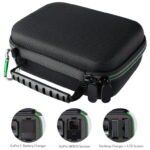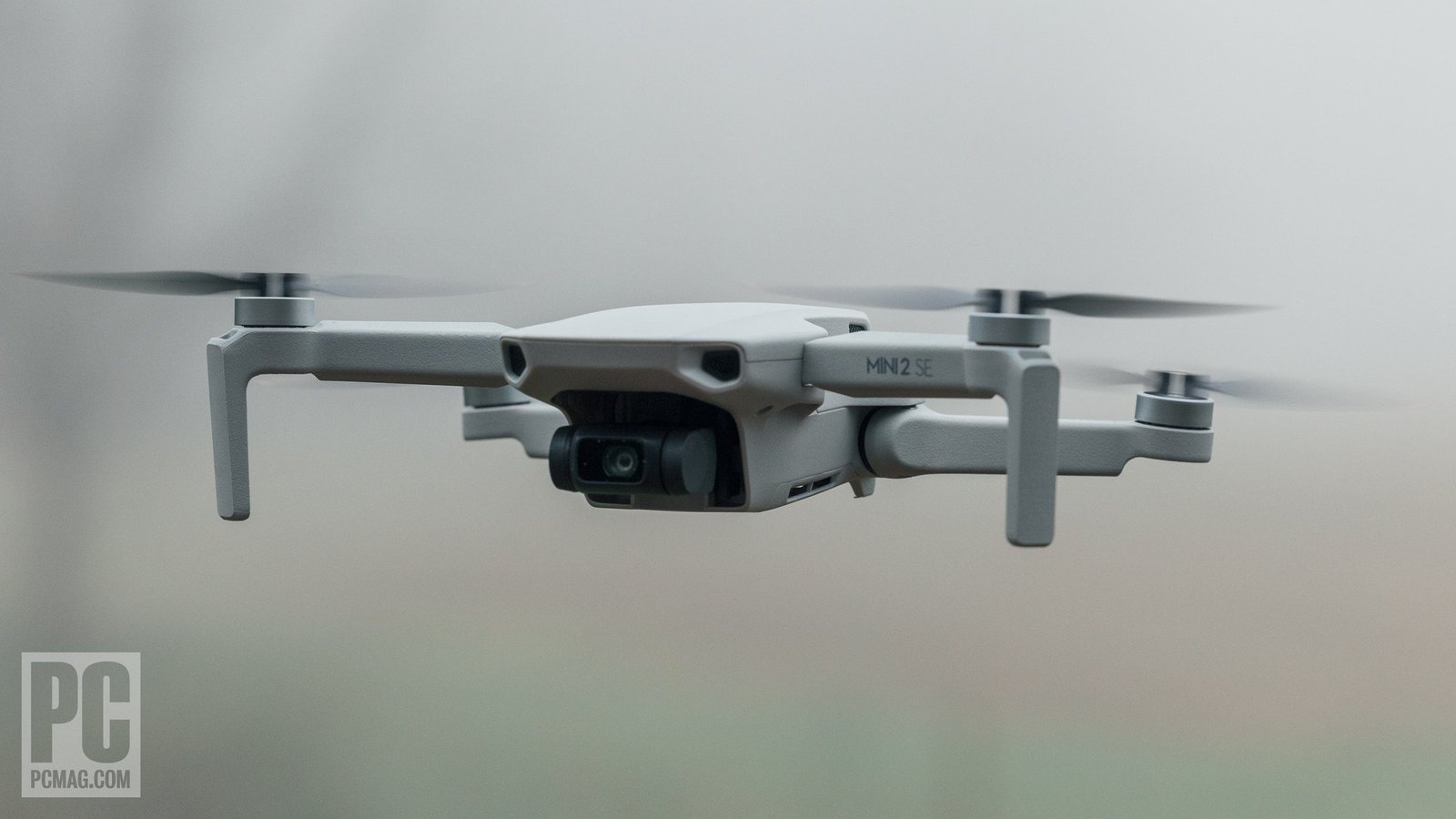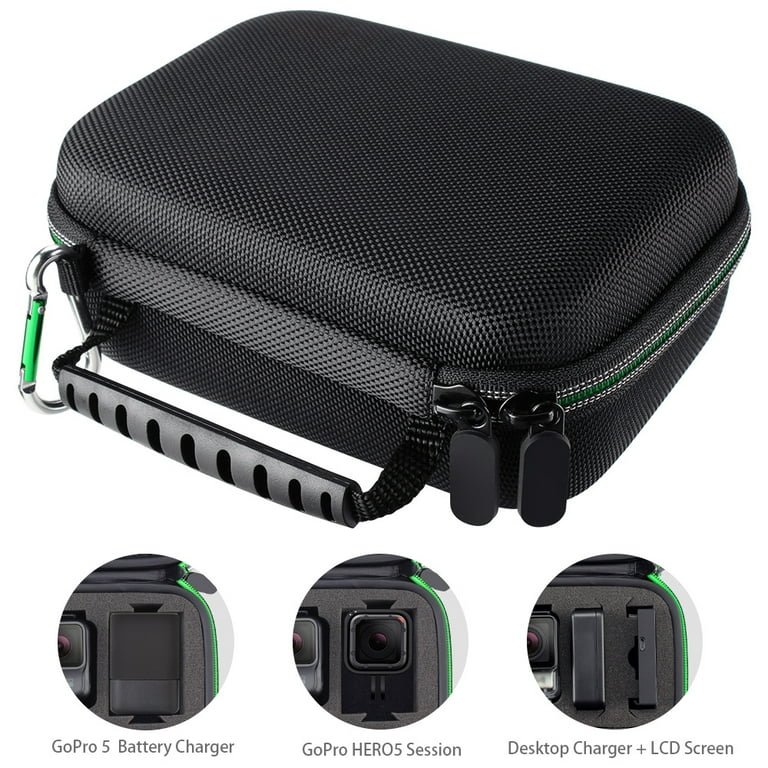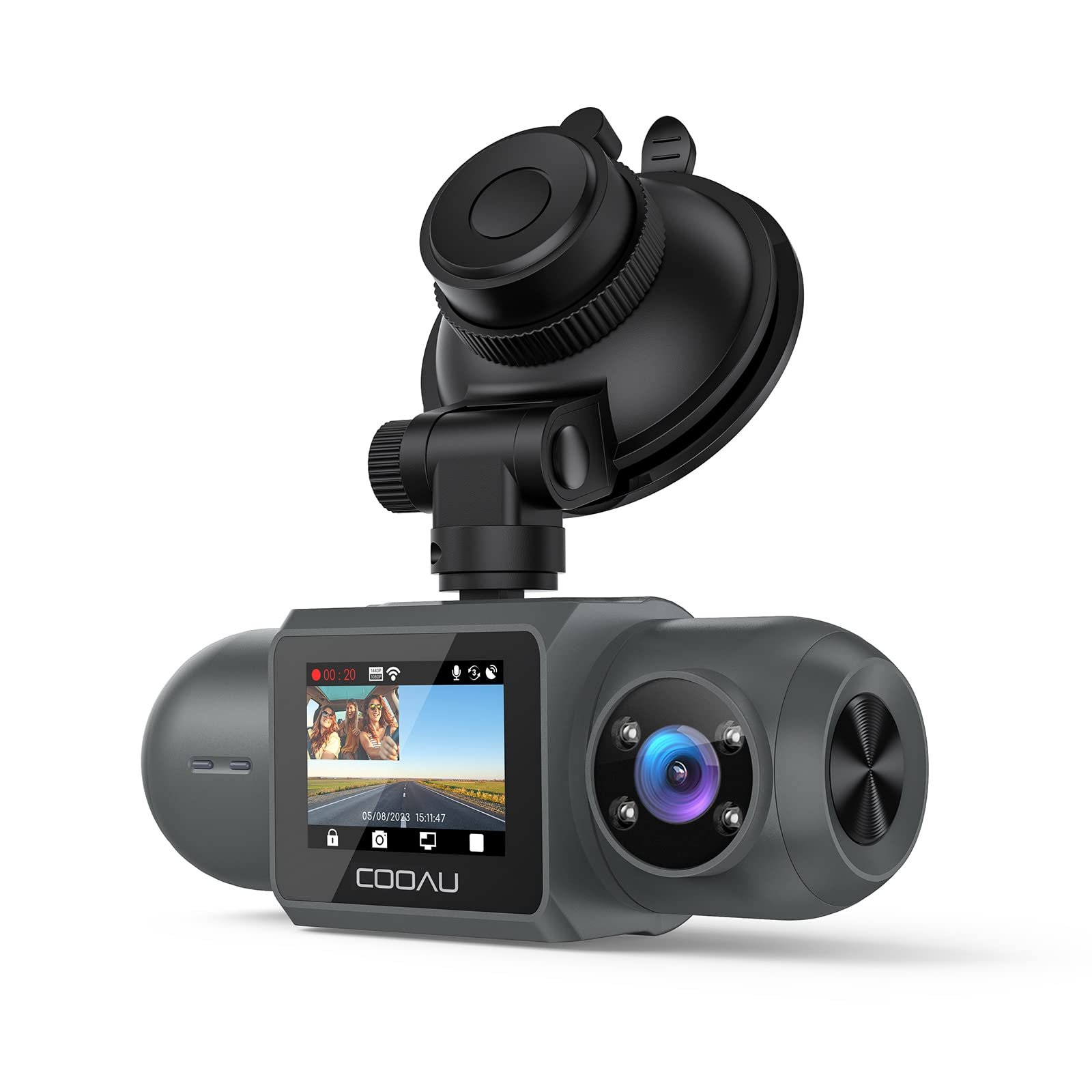Drones for beginners are easy to fly for anyone new to drone technology. In this comprehensive guide, we will cover the basic features, functions, and benefits of drones, as well as provide tips for choosing the right drone model for beginners.
Whether you are interested in photography, videography, or simply enjoying the aerial view, drones offer an exciting and accessible way to explore the skies. By understanding the essentials of drone technology, including flight controls, camera capabilities, and safety precautions, beginners can confidently embark on their drone flying journey.
So, let’s dive into the world of drones and discover the endless possibilities they offer!
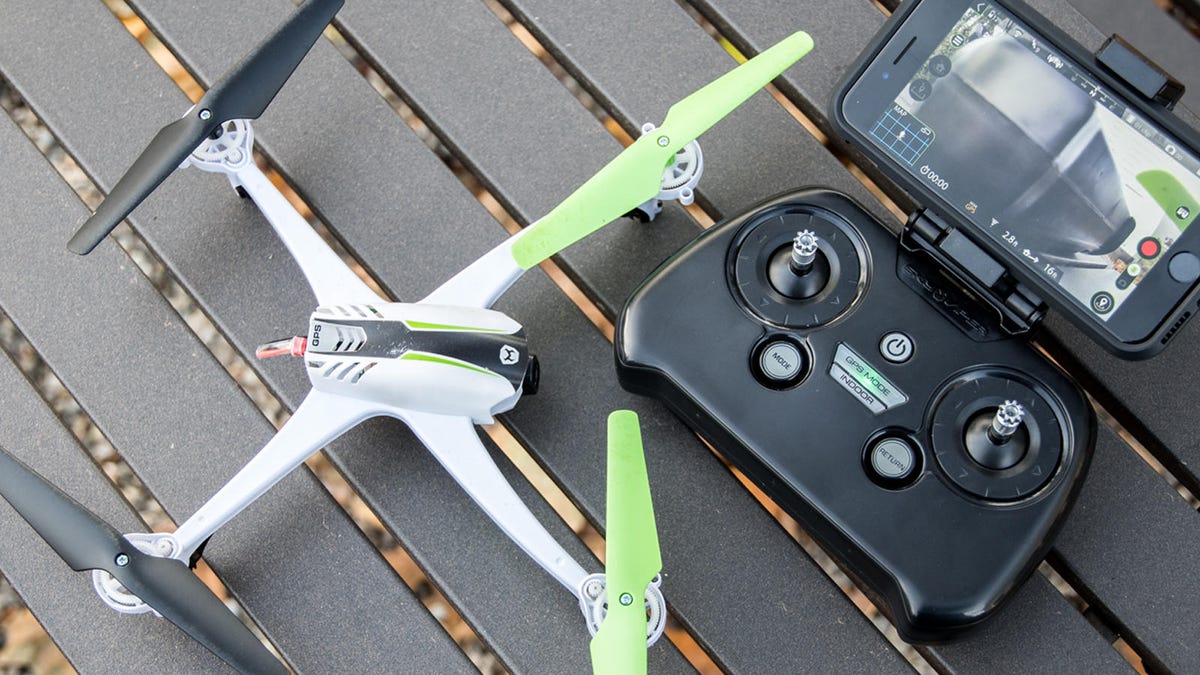
Credit: www.cnet.com
Introduction To Drones
Discover the world of drones with our beginner’s guide. Learn the basics and get started on your drone-flying adventure today.
Drones for Beginners, Drones have become increasingly popular in recent years, captivating the imaginations of people of all ages and interests. From photography enthusiasts to tech-savvy hobbyists, drones have opened up a whole new world of possibilities. In this article, we will take a closer look at drones for beginners, starting with an introduction to these captivating flying machines. Drones for Beginners.
What Are Drones?
Drones, also known as unmanned aerial vehicles (UAVs), are lightweight, remotely piloted aircraft that can be operated by a remote control or even autonomously through onboard computers. These versatile machines are equipped with sensors, cameras, and other technologies that allow them to perform a wide range of tasks. Drones for Beginners.
History Of Drones : Drones for Beginners
The history of drones dates back to the early 20th century when they were primarily used for military purposes. Initially developed for surveillance and reconnaissance missions, drones have come a long way since then. Today, they are used in various industries such as agriculture, filmmaking, search and rescue operations, and even delivery services.
| Year | Milestone |
|---|---|
| 1918 | First pilotless flying bomb used by the U.S. military |
| 1950s | Remote-controlled target drones developed |
| 1990s | Consumer drones introduced for hobbyists and photography enthusiasts |
| 2000s | Advancements in drone technology, including longer flight times and improved camera capabilities |
Benefits Of Drones
Drones offer numerous benefits, making them an appealing choice for both recreational and professional use. Some key advantages of drones include:
- They provide an aerial perspective, capturing breathtaking photos and videos from angles that were previously impossible.
- Drones are incredibly versatile, capable of being used for various purposes from filming weddings to inspecting infrastructure.
- They can reach places that are difficult or dangerous for humans to access, such as disaster areas or high altitudes.
- Drones are cost-effective alternatives to traditional methods, reducing the need for expensive equipment or manpower.
- They can significantly increase efficiency in industries like agriculture, allowing for precision crop spraying and monitoring.
- Drones offer an exciting and immersive experience for hobbyists, enabling them to explore the skies and push the boundaries of their creativity. Drones for Beginners.
Whether you are a beginner or an experienced enthusiast, understanding the basics of drones is essential to fully enjoy their capabilities. In the next sections, we will delve deeper into the world of drones, exploring their features, regulations, and tips for flying safely and responsibly. So, let’s take off into this exciting journey of drones!

Credit: m.youtube.com
Types Of Drones : Drones for Beginners
Drones have become increasingly popular in recent years, offering exciting opportunities for individuals and industries alike. These unmanned aerial vehicles, commonly known as drones, are remote-controlled devices that have captured the attention of beginners and enthusiasts alike. One of the key aspects to consider when exploring the world of drones is the different types available. In this blog post, we will delve into the types of drones, including consumer drones, commercial drones, and military drones.
Consumer Drones
Consumer drones are the most common type of drones used by hobbyists, enthusiasts, and even photographers. These drones are designed for recreational uses and come in various sizes and prices to suit different needs. Whether you are a beginner or an experienced flyer, consumer drones offer a wide range of features and capabilities to enhance your aerial photography and videography. Some popular consumer drone brands include DJI, Parrot, and Holy Stone. Drones for Beginners.
Commercial Drones
Commercial drones are specifically designed for professional applications across various industries. These drones have advanced features and tools that cater to specific needs, such as aerial inspections, surveying, mapping, agriculture, and delivery services. Commercial drones can carry heavier payloads, have longer flight times, and are equipped with high-resolution cameras and sensors. They are typically used by industries like construction, agriculture, media, and logistics to improve efficiency and safety in their operations. Drones for Beginners.
Military Drones
Military drones, also known as unmanned combat aerial vehicles (UCAVs), are drones used by armed forces for military purposes. These drones are equipped with sophisticated technology and weaponry, enabling them to perform various missions without putting human lives at risk. Military drones have significantly changed the landscape of modern warfare, providing surveillance, reconnaissance, and even direct combat capabilities. While military drones have undoubtedly revolutionized the battlefield, there are ongoing debates regarding their ethical implications and potential for misuse. Drones for Beginners.
As you can see, there is a wide range of drone types, each serving a different purpose and target audience. Whether you’re a beginner looking for a recreational experience or a professional seeking to enhance your business operations, understanding the different types of drones can help you make an informed decision when selecting the right drone for your needs.
Getting Started With Drones
Drones for Beginners, Are you ready to embark on an exciting journey into the world of drones? Whether you’re interested in aerial photography, racing, or simply experiencing the thrill of flying, drones can provide endless possibilities for beginners. In this guide, we’ll walk you through the essentials of starting your drone adventure. From choosing the right drone to understanding regulations and learning to fly, we’ve got you covered. So, let’s dive in and discover how you can soar to new heights with drones!
Choosing The Right Drone : Drones for Beginners
When it comes to selecting a drone, it’s important to consider your skill level, intended use, and budget. With an array of options available, finding the perfect drone for beginners can seem overwhelming. To make the process easier, here are some key factors to keep in mind:
- Flight Stabilization: Look for a drone with built-in flight stabilization features such as gyroscopes and accelerometers. These technologies ensure smoother flights and better control, making it easier for beginners to fly.
- Camera Quality: If you’re interested in aerial photography or videography, prioritize drones with high-quality cameras. Check for features like adjustable gimbal stabilization and the ability to capture full HD or 4K footage.
- Battery Life: Longer flight times allow for more enjoyable experiences. Consider drones with extended battery life or the option to swap batteries for uninterrupted fun.
- Drone Size: Smaller drones are generally more portable and easier to handle for beginners. They also tend to be less expensive, making them an ideal choice for those just starting out.
Understanding Drone Regulations : Drones for Beginners
Before taking your drone to the skies, it’s crucial to familiarize yourself with the regulations governing drone usage. Different countries and regions have varying rules in place, so it’s important to research and comply with local regulations. Here are some common aspects to consider:
| Regulation | Explanation |
|---|---|
| Registration | In some countries, drones need to be registered with aviation authorities. Check if this applies to your location and complete the necessary registration process. |
| No-Fly Zones | Identify restricted areas where drone flights are prohibited, such as airports, military bases, and national parks. |
| Altitude Restrictions | Learn the maximum altitude you can fly your drone without violating regulations. This typically ranges from 120 meters to 500 feet. |
| Privacy Considerations | Respect the privacy of others and avoid capturing footage or images without their consent. Understand the legal implications surrounding privacy rights. |
Learning To Fly A Drone
Now that you have your drone and understand the regulations, it’s time to learn how to fly. While the prospect may seem daunting at first, with patience and practice, you’ll soon become a proficient pilot. Follow these steps to kickstart your drone piloting skills:
- Start with a Simulator: Practice flying in a virtual environment using a drone flight simulator. This allows you to gain familiarity with the controls and learn the basics without the risk of crashing your new drone.
- Master the Controls: Take the time to understand how each stick on the controller affects the drone’s movement. Practice hovering, ascending, descending, and maneuvering in different directions.
- Flight Modes: Explore different flight modes available on your drone, such as beginner, GPS-assisted, or sport mode. Gradually progress from beginner mode to gain more control and confidence in flying.
- Practice in a Safe Area: Start by flying in an open space away from obstacles or people. This provides a controlled environment where you can focus on mastering flight maneuvers.
By gradually increasing your flight skills, you’ll be able to navigate challenging scenarios and capture breathtaking footage with ease. Remember, practice makes perfect, so don’t be discouraged by initial challenges. Drones for Beginners.
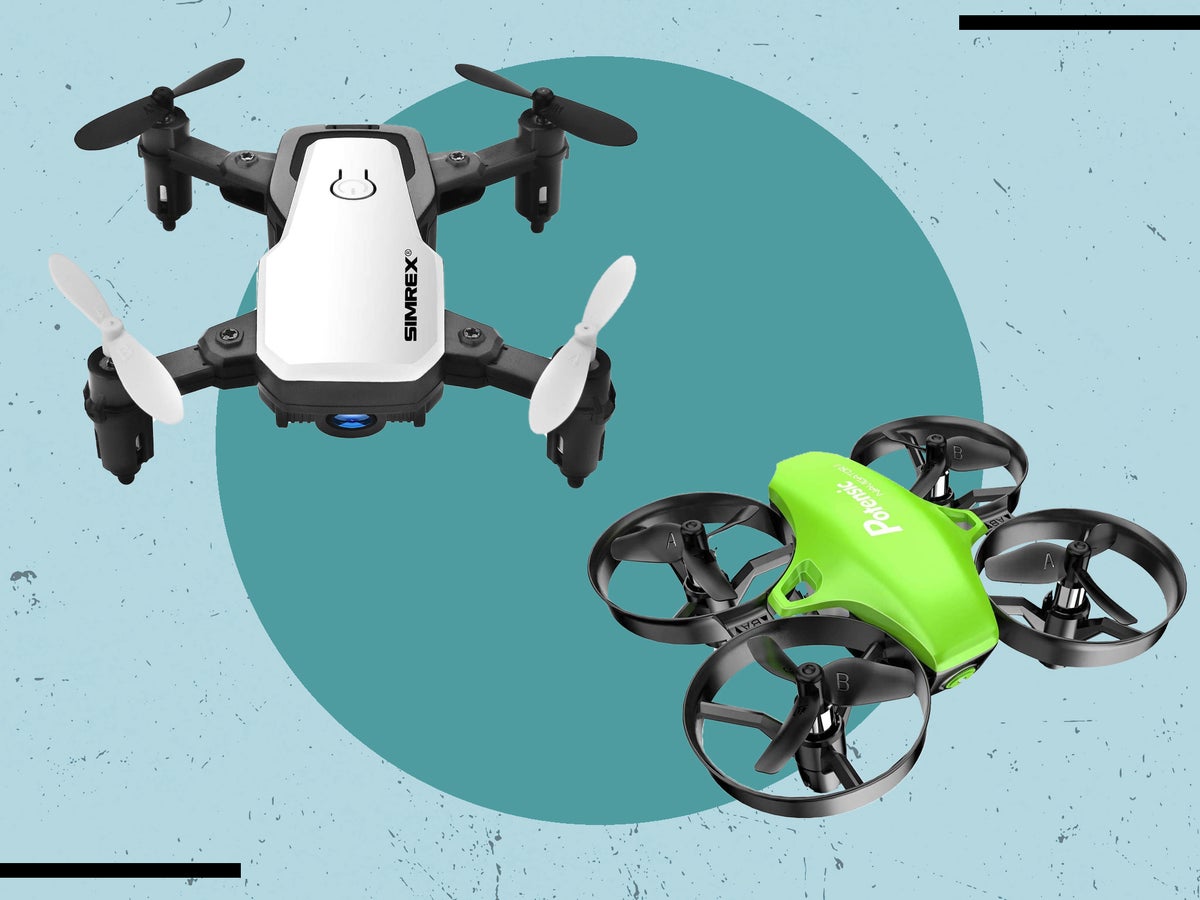
Credit: www.independent.co.uk
Frequently Asked Questions On Drones For Beginners
How Much Does A Beginner Drone Cost?
A beginner drone typically costs between $50 to $300, depending on the features and functionality you’re looking for. It’s important to start with a budget-friendly option to practice flying and gain experience before investing in a more advanced drone. Drones for Beginners.
What Are The Key Features To Look For In A Beginner Drone?
When buying a beginner drone, look for features like easy controls, durability, stability, and a decent flight time. Built-in safety features like altitude hold and headless mode can also be beneficial for beginners. Consider a drone with a camera if you’re interested in aerial photography or videography.
Is It Legal To Fly A Drone As A Beginner?
Yes, it is legal to fly a drone as a beginner. However, you must follow the rules and regulations set by the FAA (Federal Aviation Administration). Register your drone, fly below 400 feet, maintain visual line of sight, and avoid restricted airspace such as airports and government buildings.
Always fly responsibly and respect the privacy of others. Drones for Beginners.
Conclusion
To sum up, drones offer exciting possibilities for beginners to enter the world of aerial photography and videography. With their user-friendly features and affordable options, getting started is now easier than ever. By following safety guidelines and practicing responsible flying, beginners can unlock a whole new perspective, capturing stunning images and videos from above.
As the drone industry continues to advance, the sky’s the limit for enthusiasts ready to embark on this thrilling journey.


